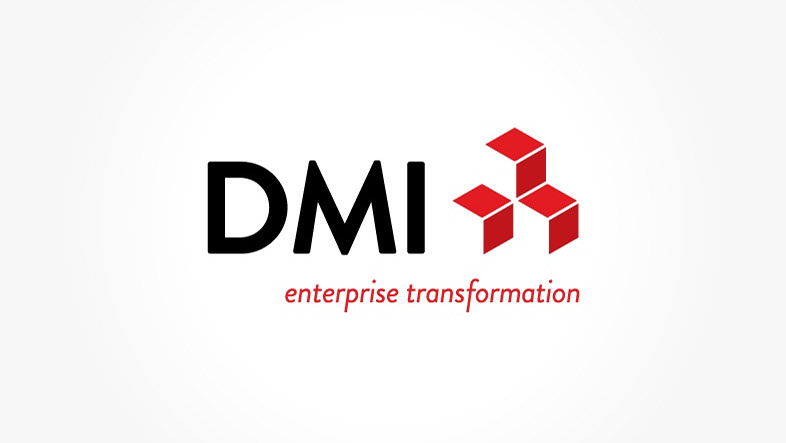Effectual: The Legacy Internal Housing Tool @ DOJ
As part of a broader modernization effort, I led the design and implementation of several improvements to legacy systems the Department of Justice (DOJ).
Below is one representative example: a submission matrix that drastically improved speed and usability for a core internal process.
Below is one representative example: a submission matrix that drastically improved speed and usability for a core internal process.
I led the effort to rethink this experience from the ground up: introducing reusable design patterns, a scalable front-end architecture, and a matrix-style interface that dramatically reduced time spent and improved clarity.
My Role
UX Engineer & Design Technologist
Drove the experience design and technical implementation solo.
Drove the experience design and technical implementation solo.
Stakeholder Communicator
Conducted demos via screen-share and hosted previews to validate needs.
Conducted demos via screen-share and hosted previews to validate needs.
Reusable Component Builder
Authored modular code components that were later adopted in other DOJ tools.
Authored modular code components that were later adopted in other DOJ tools.
The Challenge
Like many legacy government platforms, the original tool had major limitations:
- One record per form, with no overview or batch submission options.
- No filters, shortcuts, or confirmation layer.
- Repetitive workflows without feedback or validation.
- High time cost for high-stakes tasks.
This wasn’t just a user interface issue, it was a product design failure. The entire workflow lacked systems thinking. I treated this as a Lean UX opportunity, using live wireframes and early-stage coded prototypes to accelerate iterations under tight deadlines.
Before: Legacy Workflow
The original workflow required staff to navigate to a separate page for every member record.
Each submission had to be made one at a time, with no ability to track progress, validate inputs, or filter by parameters.
After: Matrix Workflow
The new interface lets users modify and submit updates across dozens of records in a single view. Features include sortable columns, batch compliance toggles (e.g., “All Yes”), keyboard-accessible fields, and visual validation.
Results & Impact
While formal metrics couldn’t be gathered due to DOJ’s security constraints, I received direct feedback from program managers, users, and development leads. One Chief Developer noted this was the "cleanest solution" he’d seen in his tenure.
From 2 days → 5 minutes
The matrix interface transformed a multi-day effort into a five-minute task, freeing staff time and reducing the risk of error through better defaults and clear structure.
The matrix interface transformed a multi-day effort into a five-minute task, freeing staff time and reducing the risk of error through better defaults and clear structure.
Reflection
This was a rare case where I got to play technologist, designer, and product owner. With no access to analytics, no dedicated designer, and limited time, I leaned into what I knew best: building prototypes in code, gathering feedback through stakeholder demos, and optimizing for real-world use.
Sometimes, the most powerful UX change isn’t visual. It’s structural.
Note: All visuals shown are recreations designed to reflect the original experience. Due to strict confidentiality guidelines within DOJ systems, direct screenshots or code were not used.




